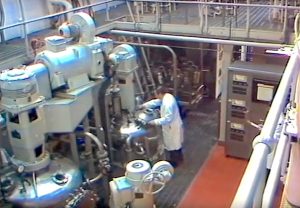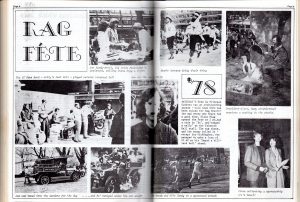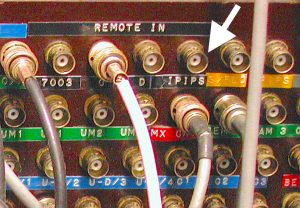 In the February 2019 blog, about Imperial Biotechnology Ltd, I included a Thames Television interview with Dr Trevor Langley. Through the current digitisation of the STOIC archives I now have something home-grown about the pilot plant. In May 1980 Tracy Poole (now Dudley) reported on the current work being undertaken and also interviewed Prof Brian Hartley (16 April 1926 – 3 May 2021), a former Head of Department in Biochemistry. He was then overseeing the entire project.
In the February 2019 blog, about Imperial Biotechnology Ltd, I included a Thames Television interview with Dr Trevor Langley. Through the current digitisation of the STOIC archives I now have something home-grown about the pilot plant. In May 1980 Tracy Poole (now Dudley) reported on the current work being undertaken and also interviewed Prof Brian Hartley (16 April 1926 – 3 May 2021), a former Head of Department in Biochemistry. He was then overseeing the entire project.
The pilot plant was ultimately closed and dismantled in 1994 and was finally refurbished as the Flowers Building.
Colin Grimshaw February 2020

 To celebrate the 10th anniversary year of my Video Archive Blog, I am bringing you a recent 40 year old videotape re-discovery.
To celebrate the 10th anniversary year of my Video Archive Blog, I am bringing you a recent 40 year old videotape re-discovery.